Parasitology - Endo& Ecto parasite identification
1/22
There's no tags or description
Looks like no tags are added yet.
Name | Mastery | Learn | Test | Matching | Spaced |
|---|
No study sessions yet.
23 Terms
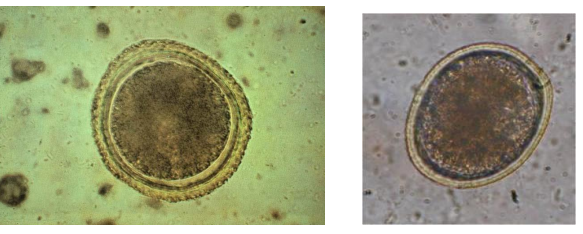
Nematodes - Ascarids
Roundworm
Toxocara canis (d) , Toxocara cati,(c )
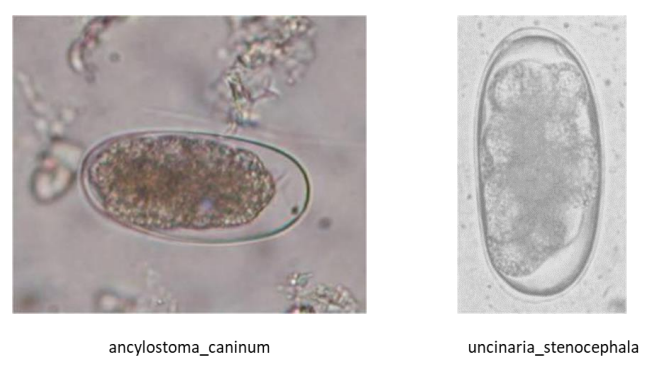
Nematodes - hookworm
Dogs - Ancylostoma caninum ,Ancylostoma caninum
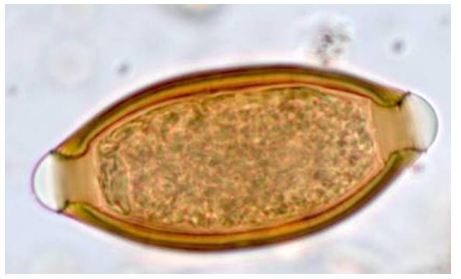
Nematode - whipworm
Dogs - Trichuris vulpis
Lemon shaped eggs with a ‘plug’ at each end
Nematode - lungworm
Aleurostrongylus abstrusus(c )
Oslerus osleri (d)
Capillaria aerophila (d&c)

Avain Helminths - Nematodes
Ascardia spp.
Ascaridia galli (chickens)
Ascaridia platyceri (budgerigar and parrots)
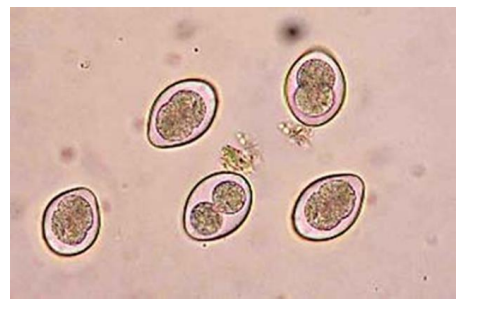
Protozoa coccidia, Cystoisospora (canine/feline)
Toxoplasma
Coccidia
Flagellates - Giardia

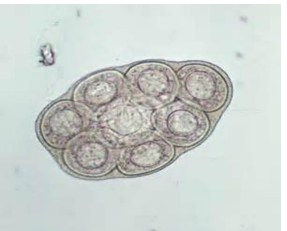
Cestode- tapeworm
Dipylidium caninum (d&c) - Internediate host (flea)

Name: Ctenocephalides felis , Ctenocephalides canis
Clinical signs: dermatitis
Diagnosis: Fur Brushing/Combing
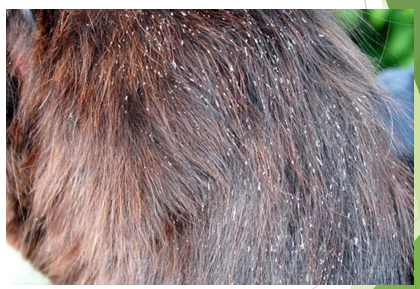
Tape prep
For identify lice or mites that live primarily on the surface of skin.Especially useful for Cheyletiella and occasionally sarcoptes mites as a large surface area can be sampled quickly.
Steps: 1. a drop oil on slide 2.cut length of sticky tape 3. part hair of animal 4 press tape down on skin to collect debris 5 tranfer to slide, smooth out tape with oil beneth

Cat louse
Felicola subrostratus
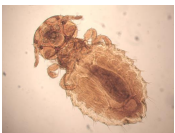
Biting/chewing Lice
Trichodectes canis
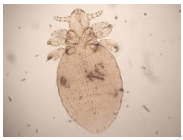
Sucking Lice
Linognathus setosus
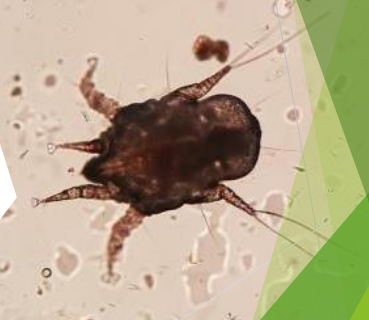
Non burrowing- ‘ear mites’
Otodectes cynotis
sampling - Ear sawb , Tape prep
Ear swab- Rest sampling hand,Direct cotton bud into ear canal roll to collect sample,Roll the collected exudate onto the slide , Visualise directly and microscopically

Non burrowing Mite
Cheyletiella sp- ‘Walking dandruff’
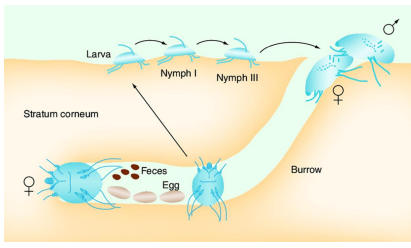
Burrowing Mites
Superficial burrowing Family Sarcoptidae Sarcoptes scabiei (dogs) Notoedres cati (cats) Trixacarus caviae (guinea pigs) Knemidoptes spp. (budgies)
Deep Family Demodicidae Demodex canis (dogs)
Superficial Scraping
Performed to detect Sarcoptes or Cheyletiella Sampling area is large
Apply mineral oil to skin and scalpel blade Gently scrape in direction of hair growth Put on a slide Place coverslip Evaluate microscopically Scissors to remove hair if necessary
Deep scraping
Performed to detect demodex Clip hair with scissors if necessary Squeeze skin prior to scraping Apply mineral oil to blade and skin Scrape in direction of hair growth until capillary bleeding is observed

Trichogram
Forceps used to pluck hairs in alopecic or partially alopecic area Place a drop of mineral oil on a slide WHY? Place hairs on slide and coverslip Evaluate microscopicall
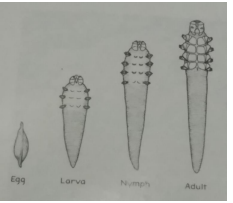
Mites - Deep burrowing
Demodex canis
cigar shape

Mites- superficial burrowing
Sarcoptes scabiei
Plunger legs , round body,short legs